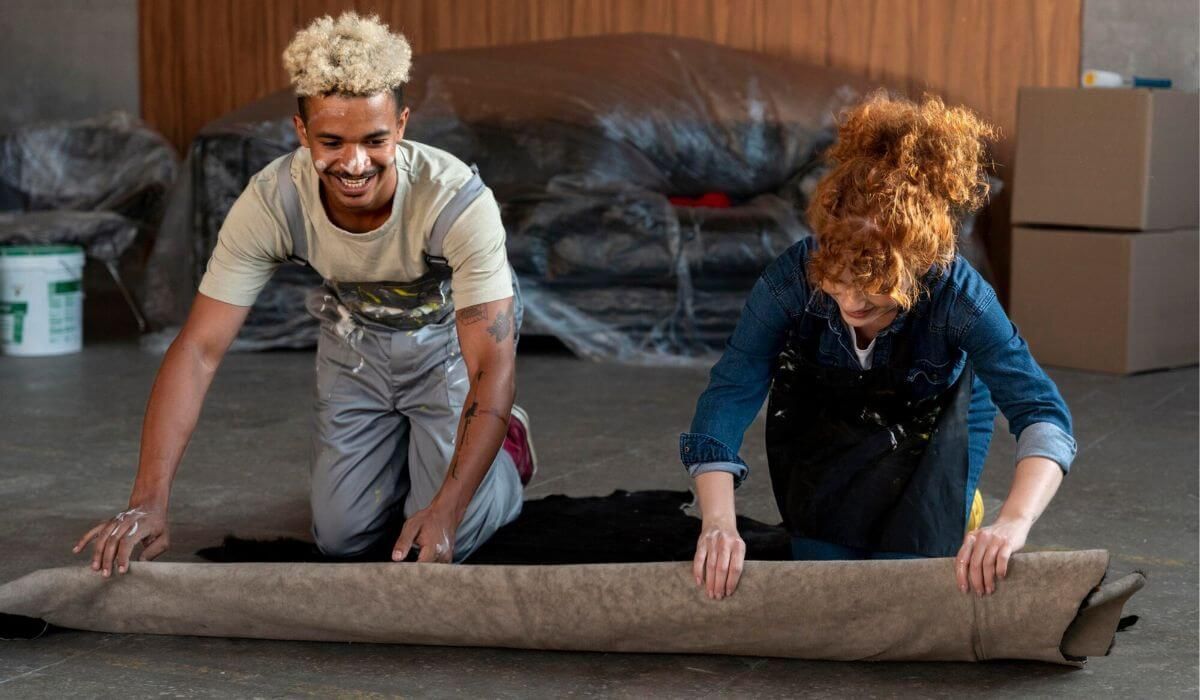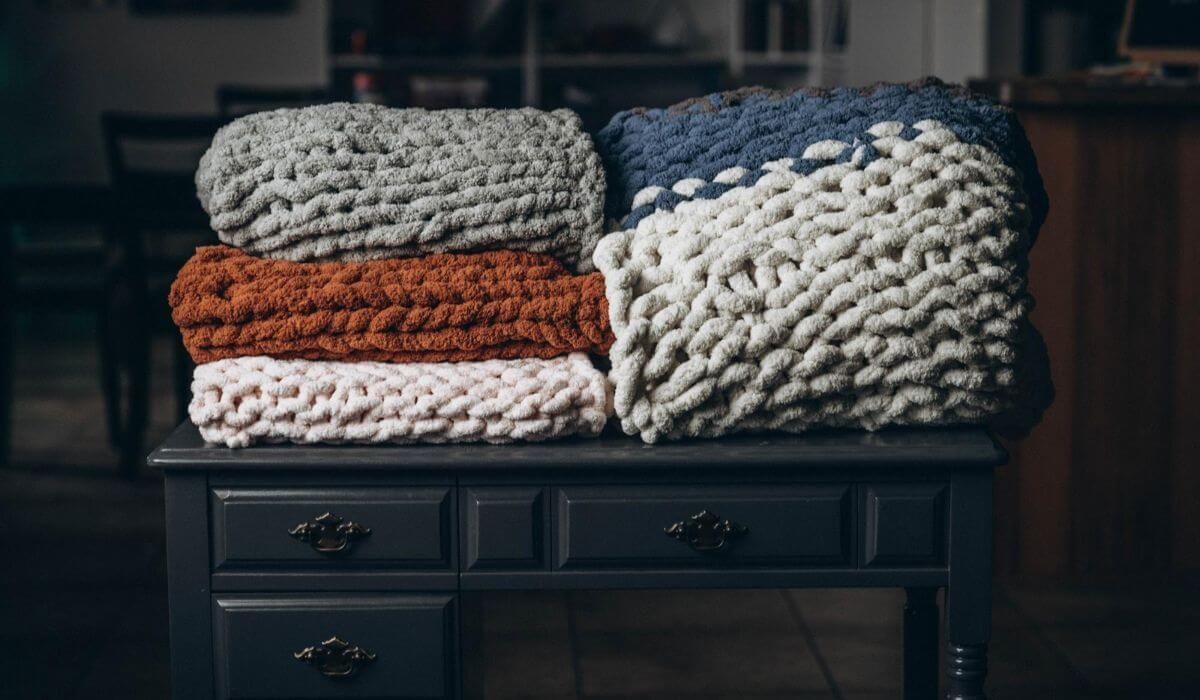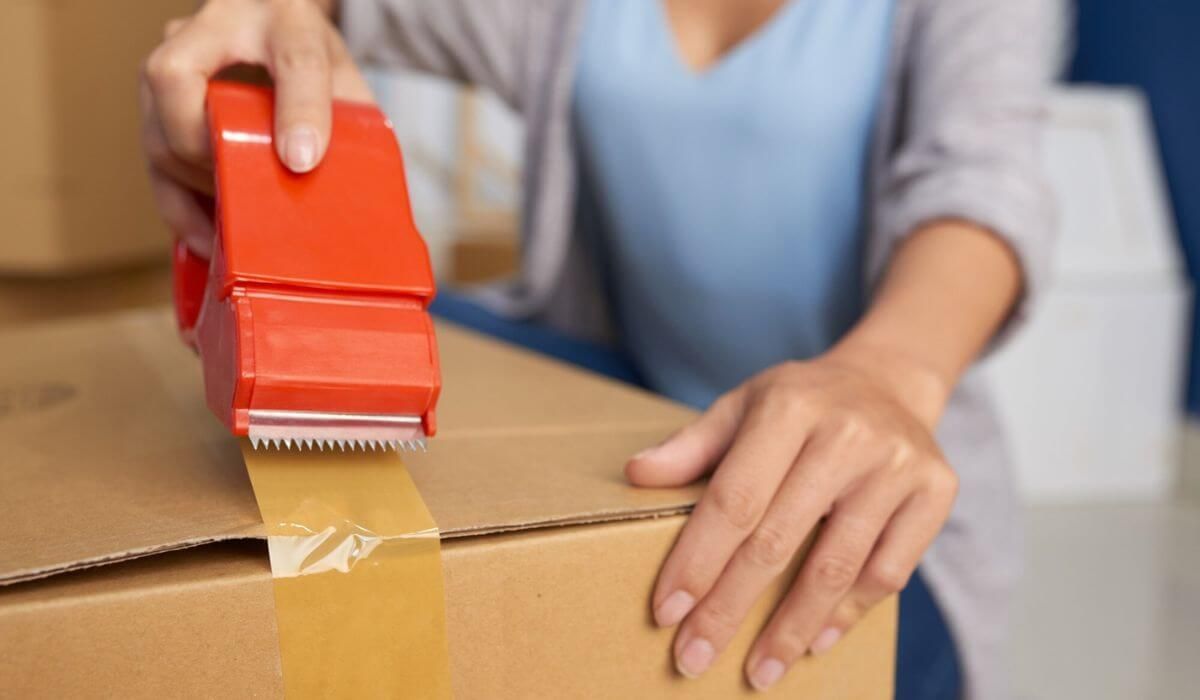When you’re planning a move—whether it’s just down the street or interstate—there’s one item many people don’t realise is an absolute game-changer: moving blankets. These padded protectors are used by professional movers every day for a reason. They’re not just bits of cloth—moving blankets are your best defence against dents, scratches, and unwanted damage to your furniture and home during the chaos of moving.
But not all moving blankets are the same, and knowing which type to use (and how to use them) can save you a lot of stress and money. In this guide, I’ll walk you through what they are, how they work, and how to choose the right ones for your move. Whether you're hiring a team or going the DIY route, understanding moving blankets is key to a smooth, damage-free relocation.
Introduction to Moving Blankets
What Are Moving Blankets and Why Are They Essential?
Moving blankets are thick, padded covers made to protect furniture, appliances, and even walls during a move. You’ll often see removalists wrapping them around large items before loading them into the truck. And trust me, they’re not just for looks—they’re essential.
Here’s why they matter:
- They shield your furniture from knocks, scrapes, and scratches.
- They prevent dents and paint transfer between items during transport.
- They protect doorways, walls, and floors when you're navigating tight spaces.
Difference Between Furniture Blankets, Movers Blankets, and Packing Blankets
These terms get tossed around a lot, and while they’re often used interchangeably, there are slight differences:
- Furniture blankets are typically heavy-duty and used for large or delicate household items.
- Movers blankets are the general term professionals use—usually quilted, padded, and reusable.
- Packing blankets can be lighter and may be intended for one-time or short-term use.

The Role of Moving Blankets in Safe Relocations
Whether you’re moving a vintage cabinet, a glass-top table, or a beloved piano, moving blankets are there to ensure everything gets to your new place intact. Removalists rely on them to create a buffer between your valuables and the bumps of the road.
Types of Moving Blankets Explained
Heavy-Duty Furniture Blankets for Large or Fragile Items
Heavy-duty moving blankets are thick, sometimes weighing up to 3–4 kg each. These are ideal for:
- Timber furniture
- Fridges and washing machines
- Glass or mirrored pieces
- Artwork and antiques
They’re durable, padded with cotton or polyester, and provide maximum protection.
Quilted Movers Blankets vs Non-Quilted Packing Blankets
Quilted blankets have a stitched pattern that holds padding in place. These are:
- More durable and reusable
- Preferred for high-value items
- Great for repeated use over time
Non-quilted packing blankets are:
- Cheaper
- Often used for lighter or short-term moves
- Good for wrapping items that don’t need as much protection
Eco-Friendly and Reusable Removalist Blankets
If you’re trying to be environmentally conscious, you’ll be happy to know:
- Many moving blankets are made with recycled materials
- Reusable ones reduce waste from single-use bubble wrap or paper
- Some brands offer biodegradable or natural-fibre options
Benefits of Using Moving Blankets During a Move
How Moving Blankets Protect Surfaces and Prevent Damage?
The extra layer makes a huge difference. During transport:
- Items shift and bump around
- Without padding, corners and surfaces get scuffed
- Moving blankets cushion impacts and absorb friction
Why Professional Movers Prefer Movers Blankets?
Professionals always use moving blankets because:
- They speed up the process (wrap once, move without worry)
- They reduce insurance claims due to item damage
- They show clients that their belongings are in safe hands
Added Protection for High-Value Furniture
For delicate items like glass-front cabinets or marble tops, a thick removalist blanket can prevent cracks, chips, and scratches. It's a small cost for peace of mind.
Choosing the Right Moving Blankets for Your Needs
How to Select the Right Furniture Blankets for Different Item Types?
Here’s a quick guide:
- Light furniture (chairs, nightstands): Medium-weight or non-quilted moving blankets
- Heavy furniture (wardrobes, tables): Thick, quilted furniture blankets
- Electronics and appliances: Soft, static-resistant materials
Key Features to Look for in Movers Blankets
When shopping, check for:
- Weight (heavier = more protection)
- Stitching quality (tight quilting = long-lasting)
- Size (bigger blankets cover more in fewer wraps)
Comparing Thickness, Materials, and Durability
Some moving blankets feel soft but are too thin. Others are stiff but super protective. Look for:
- Poly-cotton blends for durability
- 4–5mm thickness for high-value items
- Bound edges to prevent fraying
How to Use Moving Blankets Effectively?
Wrapping Techniques Using Moving Blankets
Here's how we do it in the field:
- Drape the blanket over the item so it’s fully covered.
- Tuck in the corners like you’re wrapping a present.
- Secure with straps, stretch wrap, or packing tape.
Securing Furniture Blankets with Straps, Tape, or Stretch Wrap
Each method has its moment:
- Straps: Great for anchoring heavy items
- Tape: Quick but can leave residue
- Stretch wrap: Excellent for keeping everything snug and clean
Tips from Pros on Using Removal Blankets
- Always cover sharp corners—they’re damage magnets
- Use moving blankets between stacked items in the truck
- Protect floorboards by laying a blanket under heavy furniture when sliding

Buying vs Renting Moving Blankets
When to Buy Your Own Set of Movers Blankets?
Buying makes sense if:
- You move often
- You’re storing items long-term
- You want control over cleanliness and condition
Cost Comparison: Renting Removalist Blankets vs Purchasing
- Renting: $2–$5 per blanket for the move
- Buying: $15–$30 each, but reusable
Tip: Some removalists include moving blanket use in the moving fee—ask ahead!
Where to Find Quality Moving Blankets Online or Locally?
You can find them:
- At hardware stores (Bunnings, Mitre 10)
- Through your moving company
- Online platforms like eBay, Amazon, or specialist removal supply shops
Caring for and Reusing Moving Blankets
Cleaning and Storing Your Packing Blankets Post-Move
After your move:
- Shake off dust
- Spot-clean with mild detergent
- Fold and store in a dry, clean area
Long-Term Use of Furniture Blankets for Storage or Protection
They’re handy beyond moving day:
- Protect furniture in garages or storage units
- Cover floors during renovations
- Use during DIY projects to cushion workspaces
Recycling or Repurposing Old Removal Blankets
When they’re too worn to reuse, try:
- Turning them into pet bedding
- Using them for soundproofing
- Donating to local shelters or community groups
Real User Reviews of Moving Blankets
What People Say About Popular Movers Blankets
Many users praise:
- The sturdiness of quilted moving blankets
- How well they protect during long-distance moves
- Their versatility beyond just moving
Common Praise and Complaints in Removalist Blankets Reviews
Praise:
- “Saved my furniture!”
- “Worth every cent”
- “Surprisingly durable and reusable”
Complaints:
- “Too thin”
- “Had a weird smell out of the package.”
- “Edges frayed after one move” (often with cheaper brands)
Best-Rated Brands of Moving Blankets for Professional Use
Look out for:
- Sure-Max
- U-Haul (yes, you can buy their moving blankets!)
- EverSafe

Final Thoughts
Absolutely—if you care about keeping your items safe and stress levels low, moving blankets are worth every dollar. They’re simple tools with powerful impact. Whether you're hiring pros or managing your own move, they’ll give you peace of mind, protect your investment, and make the process smoother from start to finish.
So don’t skip the moving blankets—your future self will thank you.


